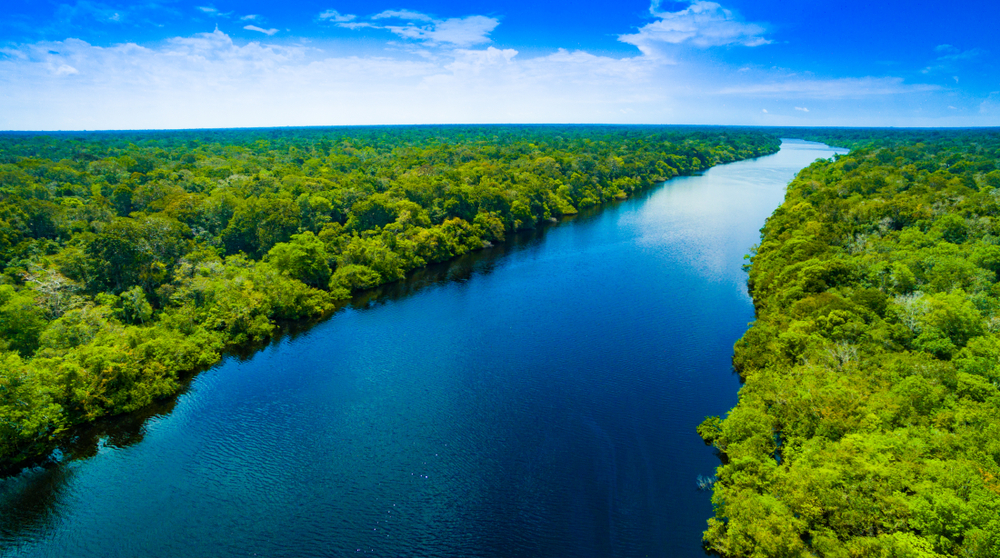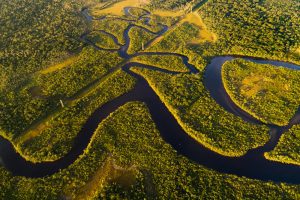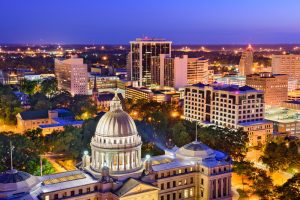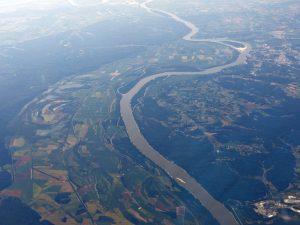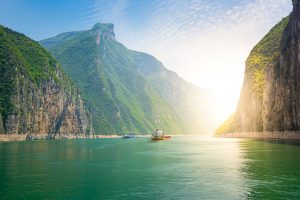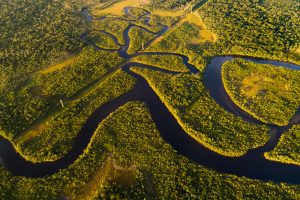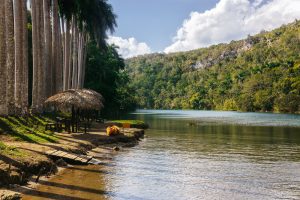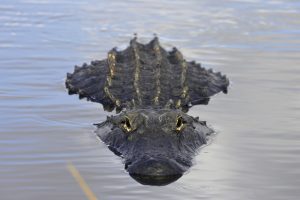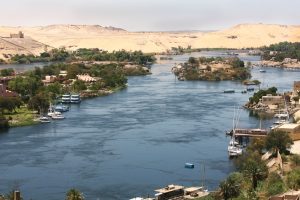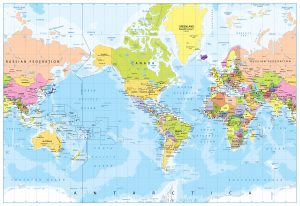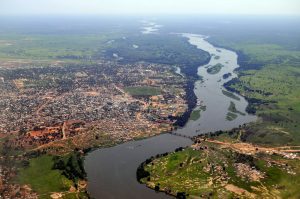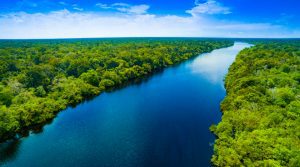It’s hard to tell how many rivers are in the world, but when it comes to major rivers, there are 165. The most renowned and fascinating rivers are the Congo, Yangtze, Nile, Mississippi, and Amazon. While many focus on the longest river in the world (the Nile), fewer people consider which is the widest. In fact, there is a debate about which river gets to hold the title as the widest in the world, so we’ve dug deep to get you the correct answer.
Table of Contents
What is the widest river in the world?
According to the Guinness Book of World Records and many other research-based resources, the Amazon River is the world’s widest river. It is approximately 7 miles wide throughout the dry period at numerous locations along its course.
During the rainy season, however, the widest section of the river is its mouth in Brazil, where the river’s main stream at this section is a whopping 50 miles wide.
Why is the Amazon the widest river and not the Rio de la Plata?
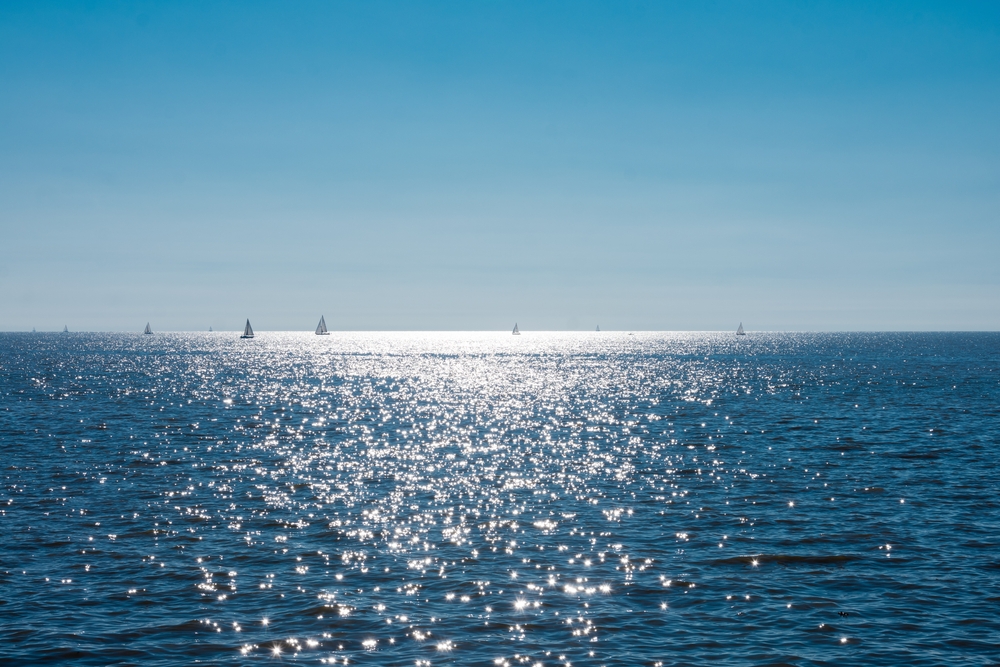
With its width at a maximum of 140 miles, Rio de la Plata is considered by some to be the world’s widest river. However, many classify this river as a marginal sea, a gulf, or an estuary.
The Rio de la Plata, something many mistakenly believe to be a river, is most commonly considered an estuary that is formed by the convergence of the Parana and Uruguay river systems. The result of this convergence means that the de la Plata’s waters are a combination of fresh and saltwater, meaning that it is not technically a river.
Is the Amazon the largest river?
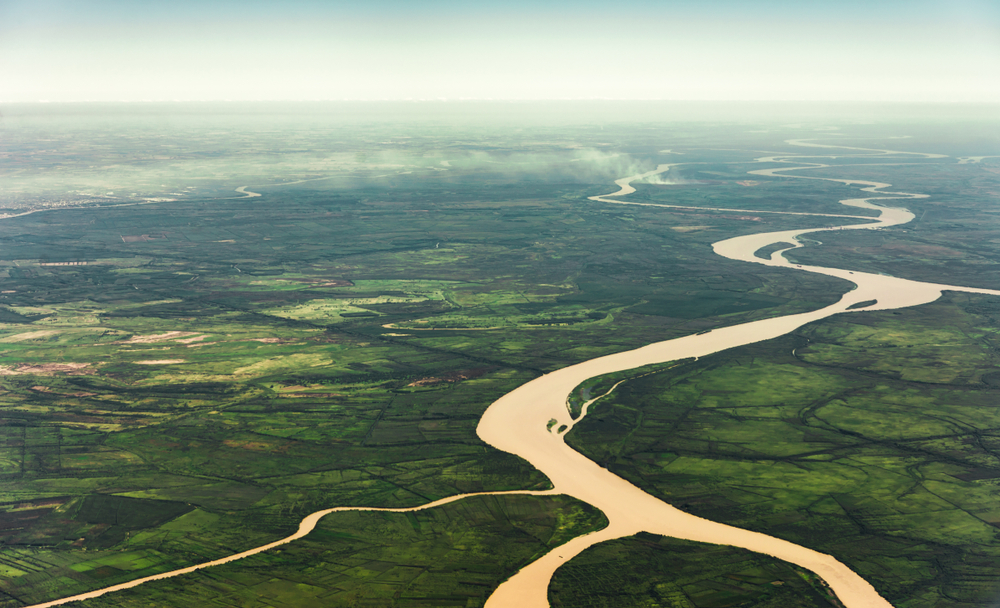
With an outflow of 7,381,000 cubic feet per second, the Amazon River’s discharge is more than seven times higher than the median release of the other top seven rivers combined. At 3,976 miles, it is the second-longest river after the Nile River on the African continent (4,132 miles).
The Britannica lists this river as one of South America’s most important waterways and the globe’s most extensive drainage system (determined by total discharge and basin space). The overall river span is at least 4,000 miles, a little less than the Nile River and comparable to the distance between Rome and New York.
Within 100 miles of the Pacific Ocean, its western edge supplier lies in the Andes Mountains, and its mouth opens up at Brazil’s northeastern shoreline. Geographers have debated for years whether or not the Amazon River is longer than the Nile, with some concluding that it is longer.
About two-thirds of the Amazon’s main channel and most of its reservoirs are in Brazil, which spans some 1,725 miles from its northern to southernmost points of the broadest section; the rest of the basin sits in Bolivia, Ecuador, Colombia, and Venezuela.
Where is the Amazon River located?
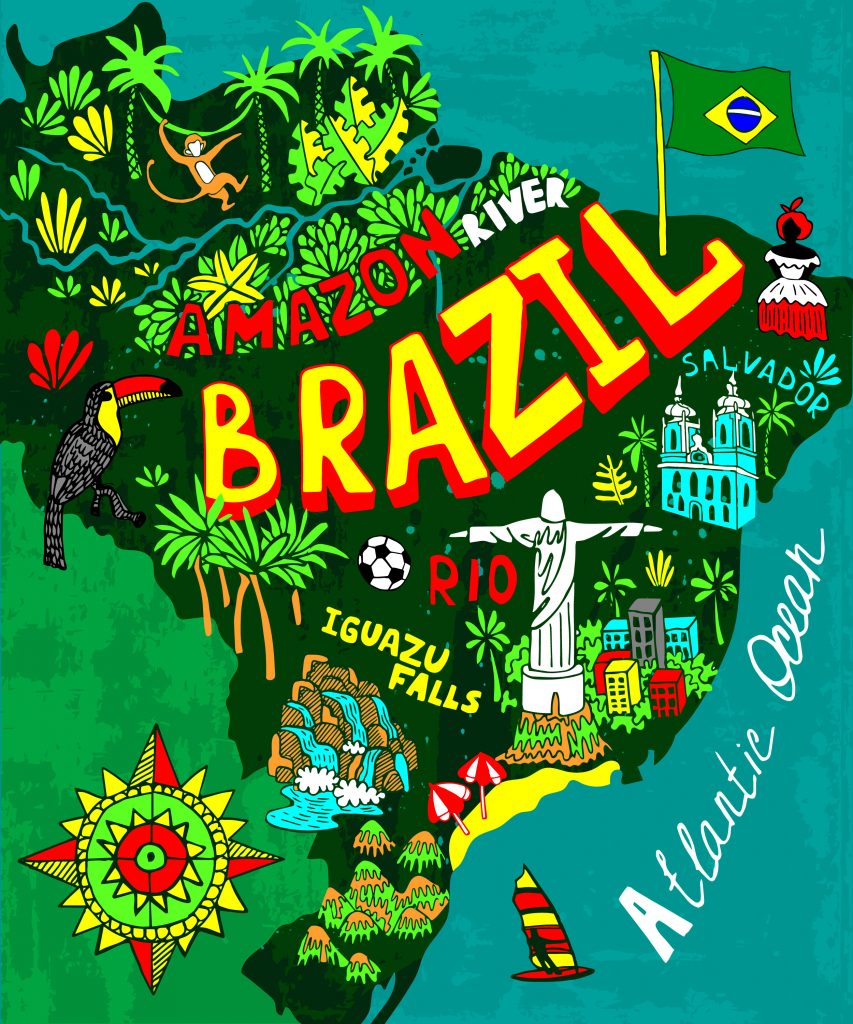
The Amazon River and its surrounding rainforest spread across nine countries, but Brazil contains the lion’s share (about 60 percent). The remainder of it meanders through countries like Bolivia, Ecuador, Colombia, Peru, Guyana, Suriname, and French Guiana.
The Amazon rainforest comprises a vast portion of South America because it is the world’s biggest rainforest and shelter to one of its most significant river basins. The 2.1 million-square mile expanse of natural splendor has made its mark on many a traveler’s wish list.
Why is the Amazon River famous?
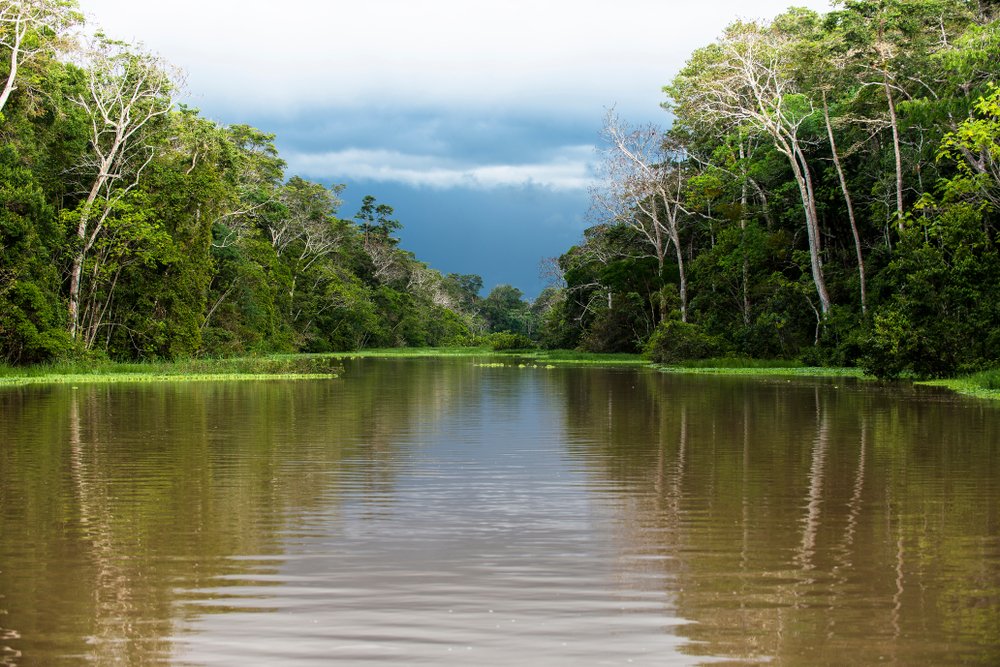
Compared to all other rivers on Earth, the Amazon River is truly unique. Because of the immense volume of water it carries, the Amazon supports the nearby Amazon Rainforest, prevents the construction of bridges (more on this later), and even raises the level of the Caribbean Sea.
There are many reasons to be fascinated by the Amazon, including its role as a significant source of freshwater, the diversity of its animal life, and its historical significance to humankind.
Why are there no bridges across the Amazon?

Boats are the only means of transportation for the 10 million residents who dwell on either side of the Amazon River. Because of changes that occur seasonally in the Amazon riverbed, there are no bridges. The river can rise to 30 feet throughout the rainfall period and triple in width in some areas.
During the rainy season, the river’s soft banks erode, turning previously stable regions into flood zones. The Amazon River would necessitate a massive bridge to ensure safe passage.
Why are there so many dams in the Amazon River?
Nearly 150 dams sit in the Andean region of the Amazon River, and an extra 160 barriers are in the works. Hydropower is generated through these dams. However, the Amazon River ecosystem suffers as a result.
According to researchers, the dams built in Brazil’s segment of the Amazon River, known as the Madeira River, have already seriously impacted the river’s fish populations.
What animals live in the Amazon River?
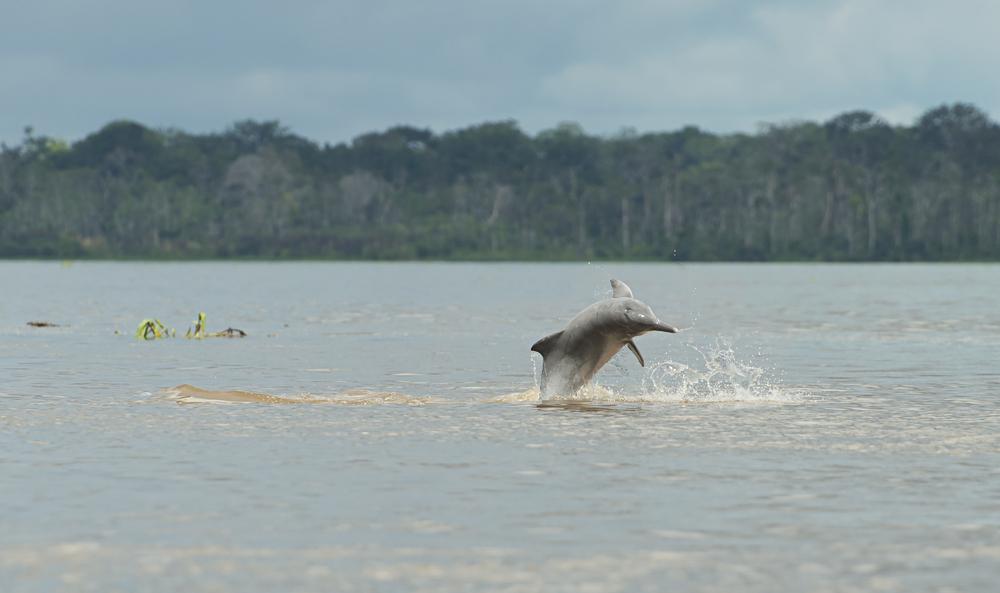
Amazon river dolphins, Dorado catfish, electric eels, green anacondas, black caimans, giant otters, piranhas, arapaimas, and pacus are among the most interesting animals in the Amazon River. The dolphin and catfish have both drawn international attention.
The Amazon River Dolphin
In addition to being known as the pink river or boto dolphin, this species is among four “true” river dolphins. These dolphins, in contrast to their oceanic namesakes, are confined to freshwater environments. An 18-million-year-old fossilized dolphin found in Peru’s Pisco Basin supports the theory that the Amazon River Dolphin first appeared there.
Amazon River dolphins are abundant in both the Amazon and Orinoco rivers, but recent population declines have resulted in them being classified as an endangered species. The damming and pollution of the Amazon River has a devastating effect on the Amazon River dolphin population. To catch catfish, fishermen kill dolphins and use their carcasses as bait.
Dorado Catfish
Dorados are among six “goliath” catfish species living in the Amazon River. They, too, are of commercial significance. You could refer to the dorado catfish as the most valuable of all Amazonian catfish, followed by the more and capaz. During its life cycle, the dorado catfish will travel more than 7,200 miles.
What causes the annual Amazon flooding?
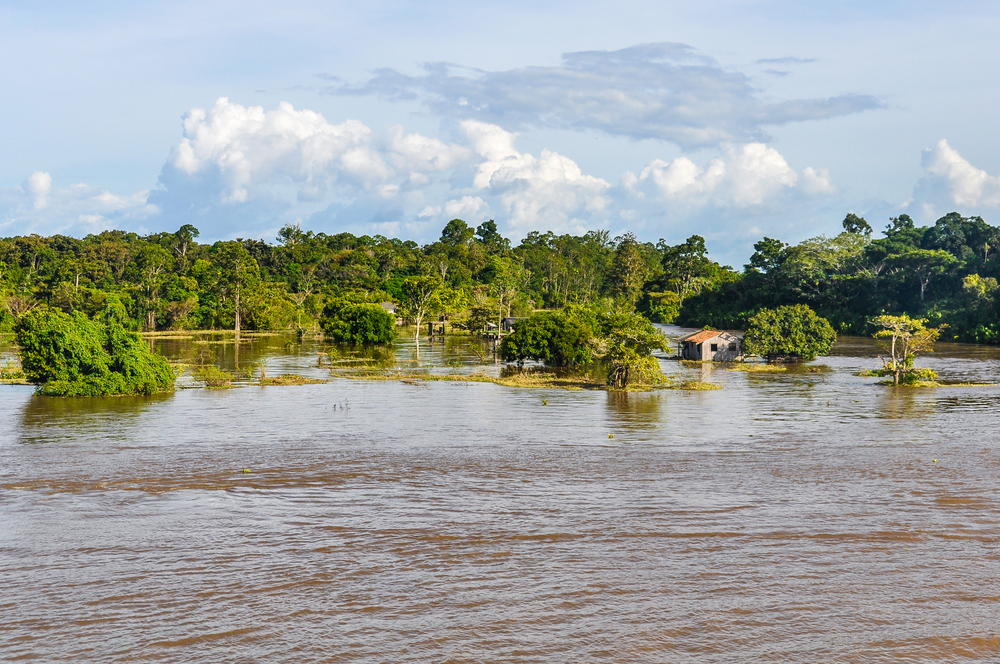
Because of the immense size of the Amazon watershed, the delicate slope of its banks, and the vastness of its waters, much of the Amazon River runs through flood zones.
Often the flooding of the Amazon is done intentionally and is not due to environmental factors. However, between October and January in the Ecuadorian and Peruvian Andes, there is torrential rainfall that causes natural flooding of the Amazon.
During these floods, water levels can rise 40 feet about their average height.
What type of climate do you find in the Amazon region?
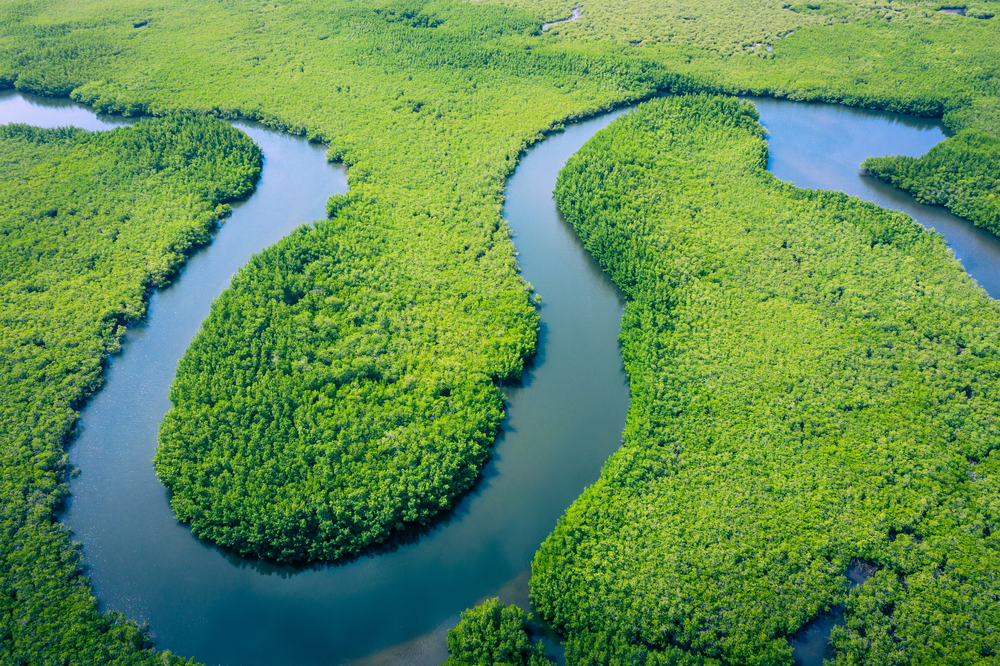
Temperatures in Amazonia are typically hot and humid. In areas of the river that fall near Equator (which passes just north of the river), the duration of day and night are similar.
Between the hottest and coldest months, daytime and nighttime temperatures vary quite a bit. As a result, the nighttime becomes the Amazon’s “winter”.
Wintertime in the Southern Hemisphere can bring a sudden temperature fall, called a “friagem” by locals, when the mercury can fall as low as 50 degrees Fahrenheit (about 14 degrees Celsius). During this time, the weather can alternate between bright, sunny days and torrential rainfall. Through the year, trade winds carry cool air into the river basin’s lower stretches.
How did Amazon get its name?
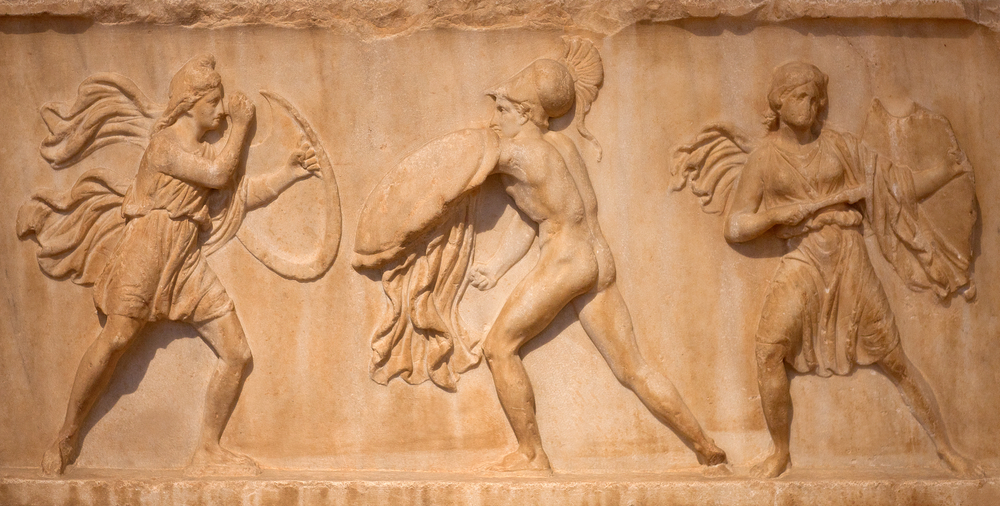
Francisco de Orellana, the first European adventurer to access the region and meet the aboriginal Pira-tapuya citizens, gave the Amazon River and Rainforest their names.
The “Amazons,” known in Greek mythology, had been a nomadic band of women fighters who traveled the Black Sea region. The Amazon legend comes from a group of individuals known for horse riding and archery called Scythians.
As depicted in Greek mythology, the Scythians were not an organization entirely dominated by women, but females in Scythian society participated in shooting animals and fighting alongside men. De Orellana allegedly named the Amazon River after his fight against the Pira-tapuyas, comparing the Pira-tapuya women to the Amazons of Greek mythology.

